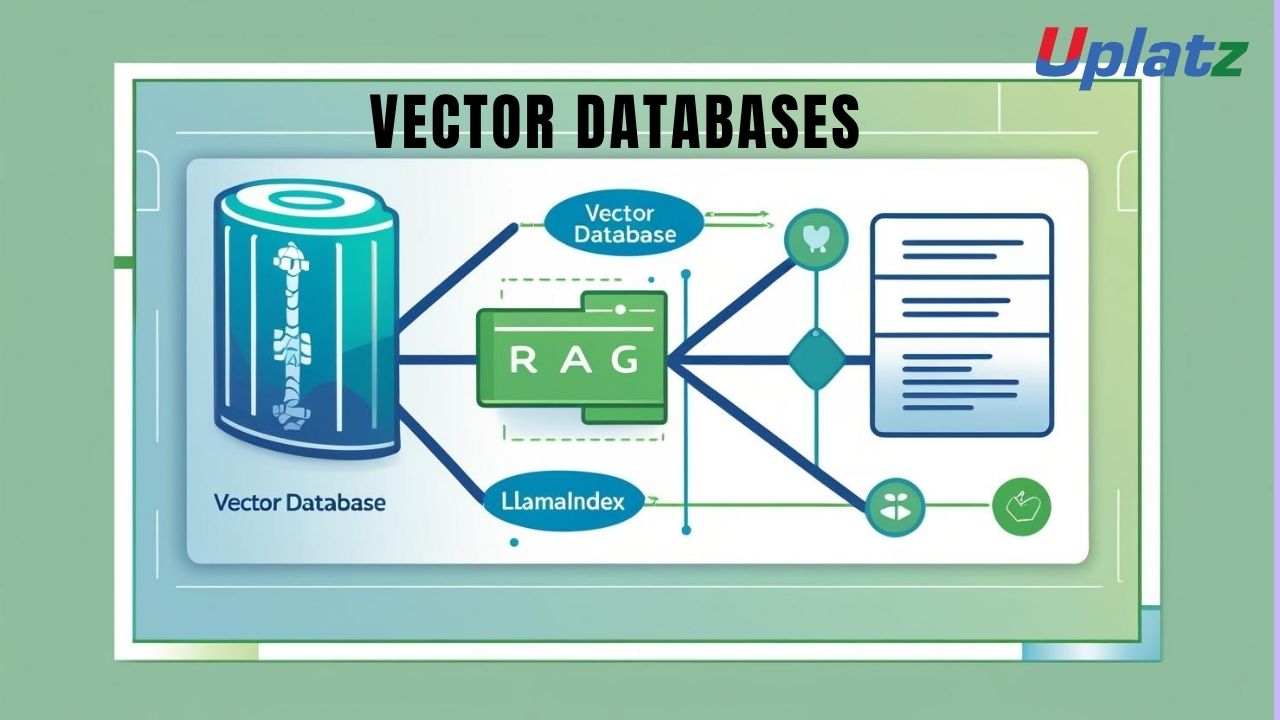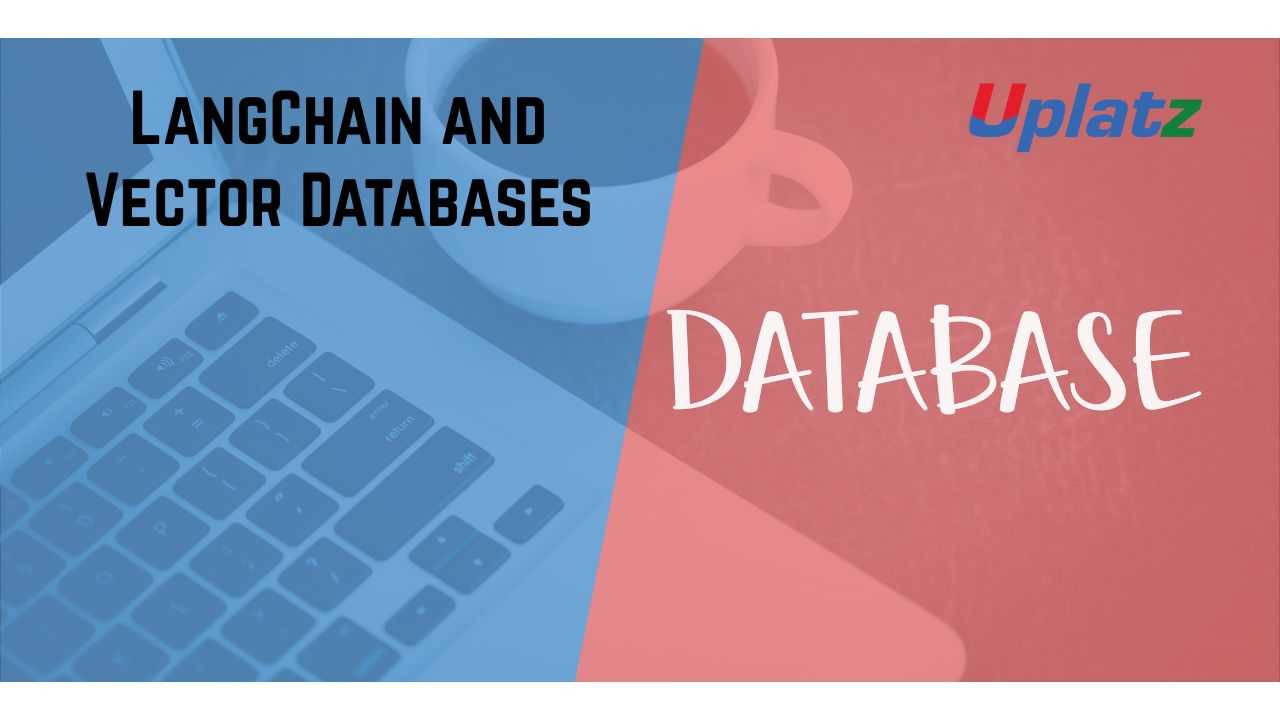FAISS - Vector Similarity Search & Embedding Retrieval
Master FAISS for efficient vector similarity search and large-scale embedding-based retrieval to power AI, NLP, and recommendation systems.Preview FAISS - Vector Similarity Search & Embedding Retrieval course
Price Match Guarantee Full Lifetime Access Access on any Device Technical Support Secure Checkout Course Completion Certificate 88% Started a new career
BUY THIS COURSE (
88% Started a new career
BUY THIS COURSE (GBP 12 GBP 29 )-
 83% Got a pay increase and promotion
83% Got a pay increase and promotion
Students also bought -
-

- Vector Databases & RAG (Retrieval-Augmented Generation) with LlamaIndex
- 10 Hours
- GBP 12
- 10 Learners
-

- Vector Search: Powering Semantic Retrieval and AI Applications
- 10 Hours
- GBP 12
- 10 Learners
-

- LangChain and Vector Databases
- 10 Hours
- GBP 12
- 10 Learners

- Start with Fundamentals: Understand embeddings, similarity metrics (cosine, Euclidean), and ANN search basics.
- Hands-On Practice: Work with FAISS in Python to create indexes, insert vectors, and query results.
- Experiment with Index Types: Learn the differences between Flat, IVF, PQ, and HNSW indexes.
- Leverage GPU Acceleration: Practice deploying FAISS with GPU for large-scale search.
- Integrate with AI Tools: Combine FAISS with LangChain, Hugging Face models, and OpenAI embeddings.
- Apply to RAG Pipelines: Use FAISS to store and retrieve knowledge base vectors for LLM applications.
- Optimize for Scale: Learn strategies for memory efficiency, sharding, and distributed FAISS.
- Work on Real Projects: Build semantic search engines, recommendation systems, and vector-based chatbots.
- Benchmark and Tune: Measure query speed and accuracy trade-offs in different FAISS configurations.
- Document and Reuse: Keep reusable code templates and deploy FAISS pipelines in production systems.
Course/Topic 1 - Coming Soon
-
The videos for this course are being recorded freshly and should be available in a few days. Please contact info@uplatz.com to know the exact date of the release of this course.
-
Understand vector similarity search and its role in modern AI workflows.
-
Install, configure, and use FAISS for vector indexing and retrieval.
-
Work with different FAISS index types (Flat, IVF, PQ, HNSW).
-
Implement Approximate Nearest Neighbor (ANN) search for scalability.
-
Integrate FAISS with embeddings from OpenAI, Hugging Face, and sentence transformers.
-
Build semantic search engines and recommendation pipelines.
-
Optimize FAISS for performance using GPU acceleration.
-
Deploy FAISS indexes in production AI pipelines and RAG workflows.
-
Handle billion-scale vector datasets efficiently.
-
Apply FAISS in enterprise-grade AI systems for NLP and search applications.
- Understanding Embeddings and Similarity Metrics
- Why FAISS for Large-Scale Search?
- FAISS Architecture Overview
- Installation (CPU and GPU Versions)
- Python API Basics
- Building a Simple Flat Index
- Exact Search vs Approximate Nearest Neighbor (ANN)
- Cosine Similarity vs Euclidean Distance
- Indexing and Query Basics
- Flat (Brute Force Search)
- Inverted File (IVF) Indexes
- Product Quantization (PQ)
- Hierarchical Navigable Small World (HNSW) Graphs
- Using FAISS with GPU for Speedup
- Hybrid CPU-GPU Workflows
- Handling Billion-Scale Datasets
- OpenAI Embeddings + FAISS
- LangChain VectorStore Integration
- Hugging Face Sentence Transformers
- Creating a Document Embedding Pipeline
- Querying for Semantic Similarity
- Ranking and Relevance Scoring
- Retrieval-Augmented Generation with FAISS
- Using FAISS as a Knowledge Base for LLMs
- Combining FAISS with LangChain Agents
- Reducing Memory Footprint
- Index Sharding and Distributed FAISS
- Balancing Accuracy vs Speed in ANN Search
- News Article Semantic Search Engine
- Product Recommendation System with FAISS
- Chatbot Knowledge Retrieval Pipeline
- Deploying FAISS in Production (APIs and Microservices)
- Monitoring and Scaling Strategies
- Security and Compliance Considerations
Upon completion, learners will receive a Certificate of Completion from Uplatz, demonstrating expertise in FAISS-based vector similarity search and retrieval. This certification validates your ability to implement embedding-based search engines, optimize retrieval pipelines, and integrate FAISS into AI-powered systems. It is highly valuable for professionals working on NLP, search, recommendation engines, or LLMOps (Retrieval-Augmented Generation pipelines).
- AI Engineer / LLM Developer
- Machine Learning Engineer (Search & NLP)
- Data Scientist (Information Retrieval Focus)
- LLMOps Engineer (RAG Pipelines)
- Recommendation Systems Engineer
- Build high-performance embedding search pipelines.
- Integrate retrieval capabilities into LLM applications.
- Handle billion-scale vector datasets efficiently for production.
- What is FAISS, and what problem does it solve?
FAISS is an open-source library for efficient similarity search on high-dimensional vectors, used for semantic search, recommendation systems, and AI retrieval. - What are embeddings, and why are they important for FAISS?
Embeddings are vector representations of data (text, images) that capture semantic meaning, allowing FAISS to perform similarity searches effectively. - Explain Flat vs IVF Index in FAISS.
Flat index performs exact brute-force search, while IVF (Inverted File Index) partitions vectors for faster approximate search. - What is Product Quantization (PQ) in FAISS?
PQ reduces memory usage by compressing vectors into smaller representations, enabling efficient large-scale ANN search. - How does FAISS integrate with LangChain or LLM workflows?
FAISS can be used as a LangChain VectorStore to store embeddings and retrieve context for LLM-powered RAG pipelines. - What is ANN (Approximate Nearest Neighbor) search?
ANN speeds up similarity search by trading off slight accuracy for significant performance gains in large datasets. - How does FAISS leverage GPUs?
FAISS uses GPU acceleration for parallelized vector operations, drastically improving search speed for massive datasets. - What are common similarity metrics supported in FAISS?
FAISS supports L2 (Euclidean distance), Inner Product, and Cosine similarity for nearest-neighbor computations. - What is HNSW indexing in FAISS?
HNSW (Hierarchical Navigable Small World) is a graph-based index providing fast ANN search with high recall. - How would you deploy FAISS in a production pipeline?
By serving FAISS as an API/microservice, integrating it with embeddings pipelines (e.g., OpenAI), and monitoring performance with scaling strategies.









